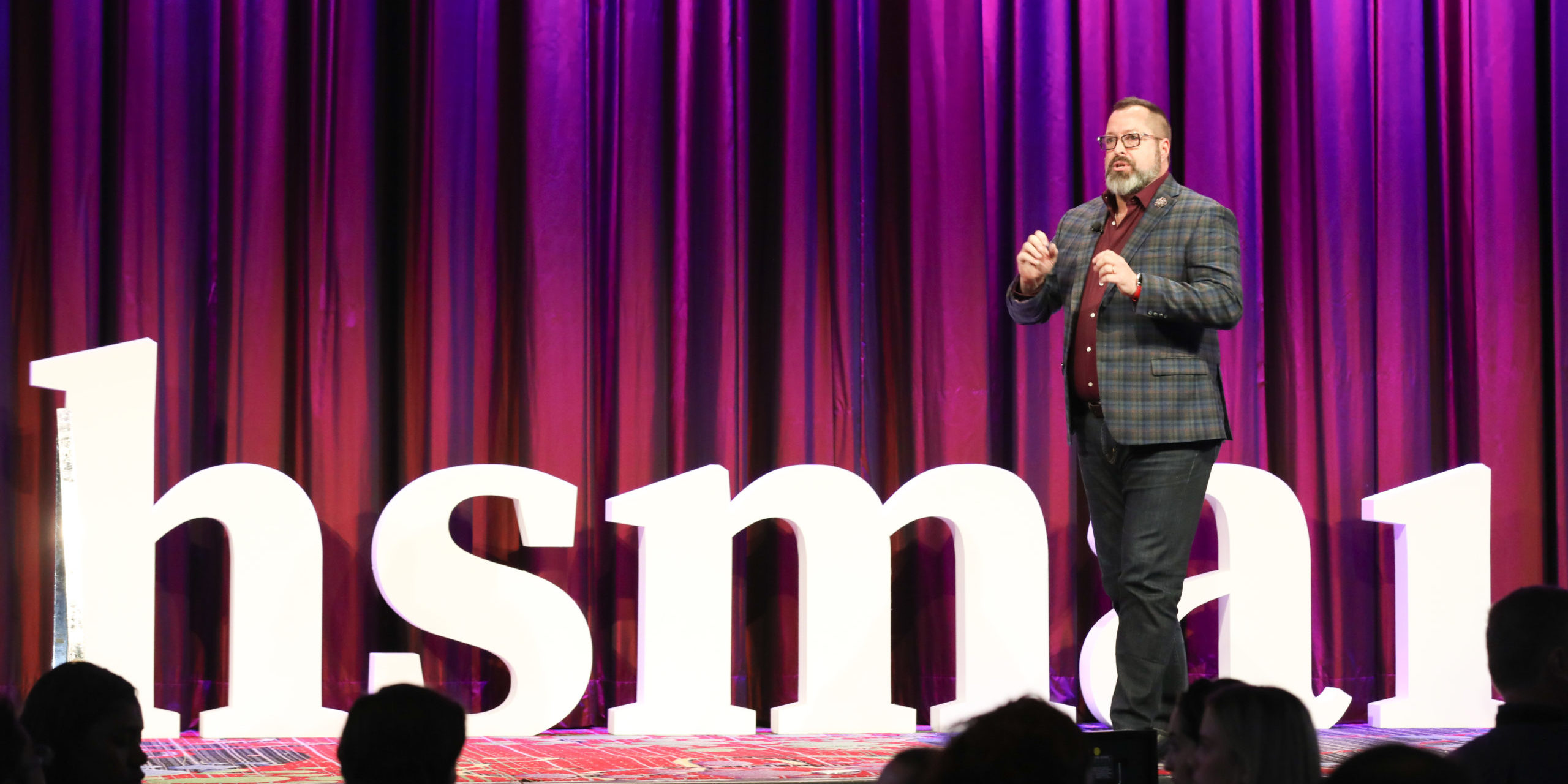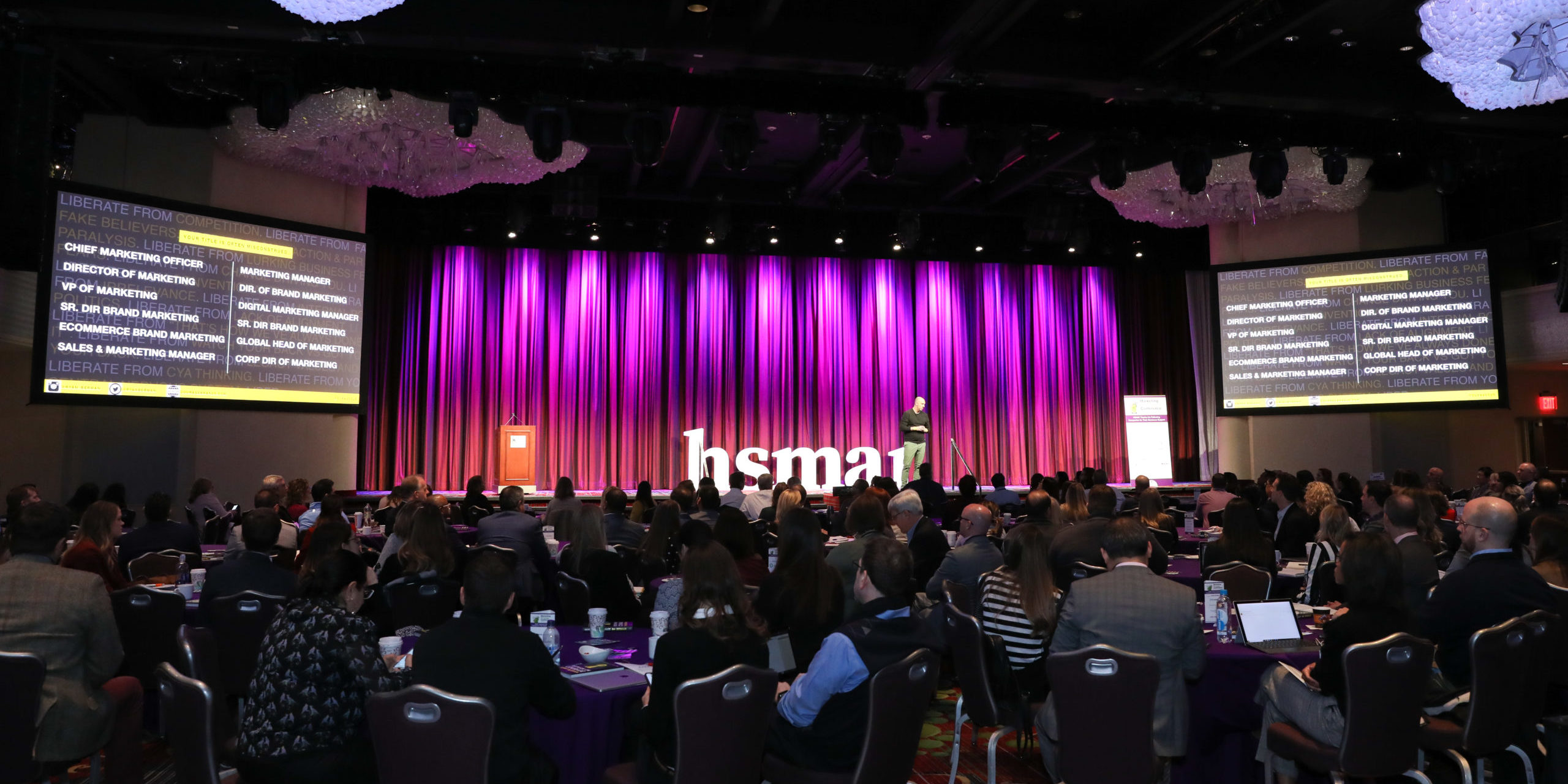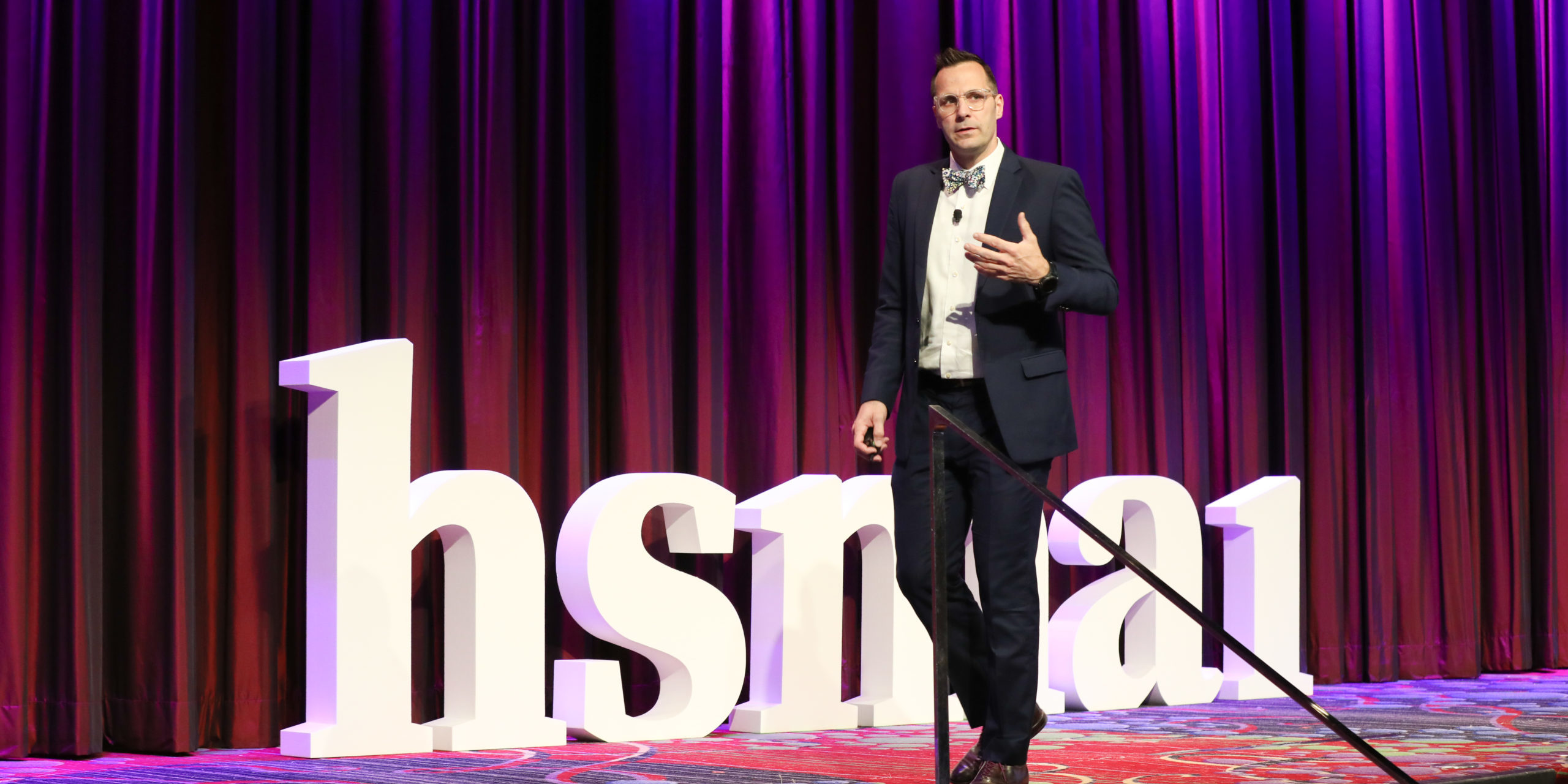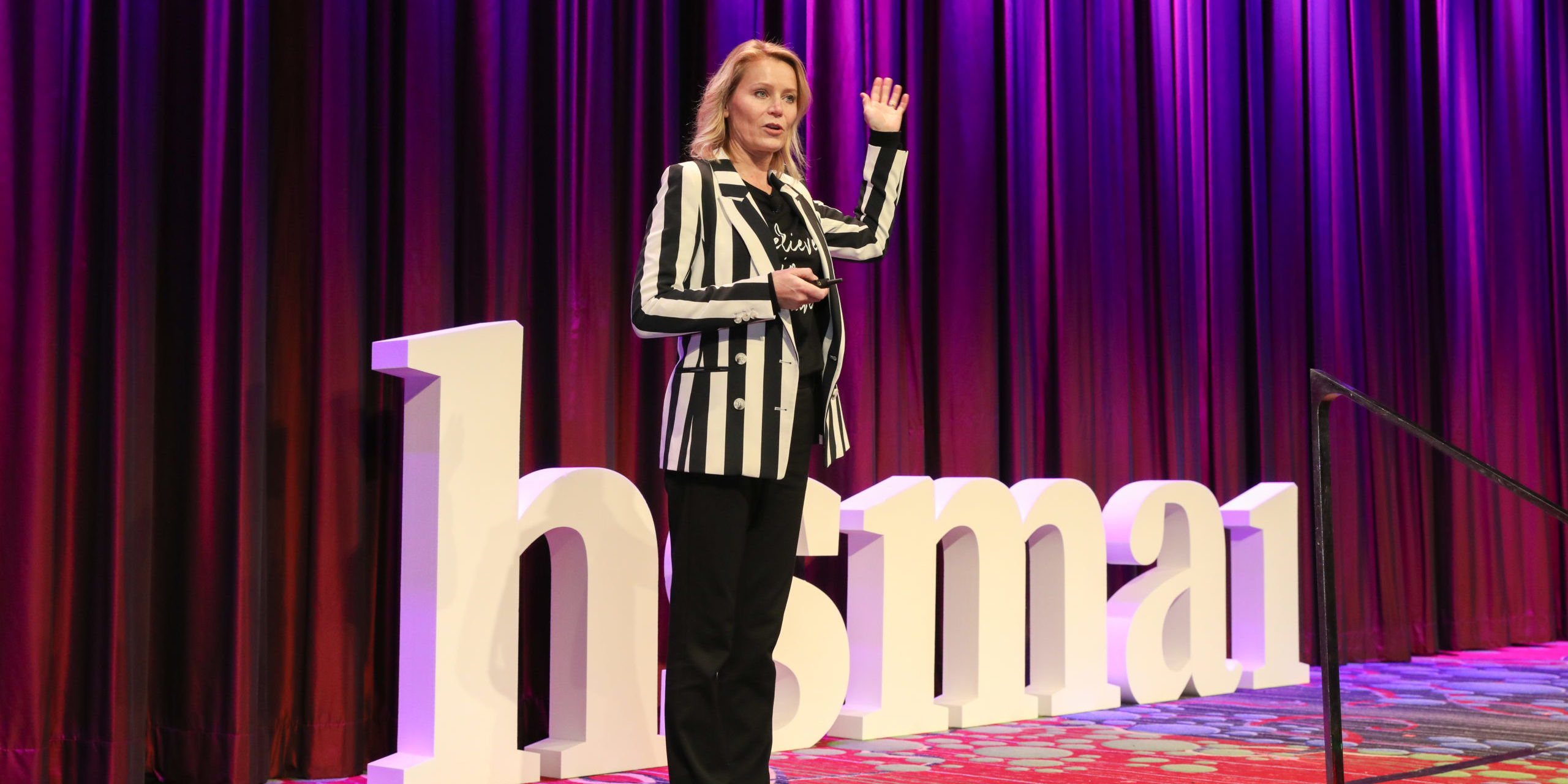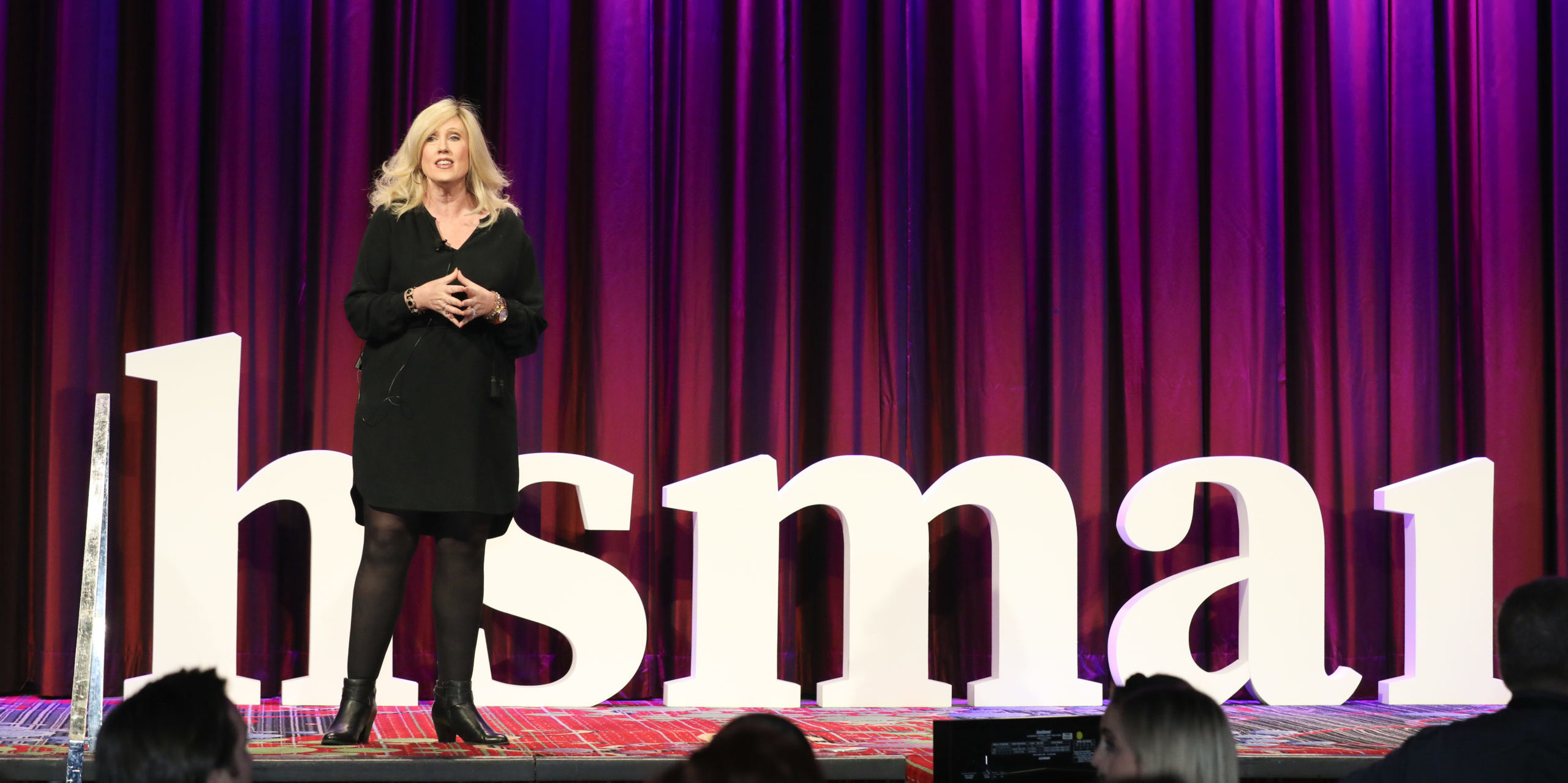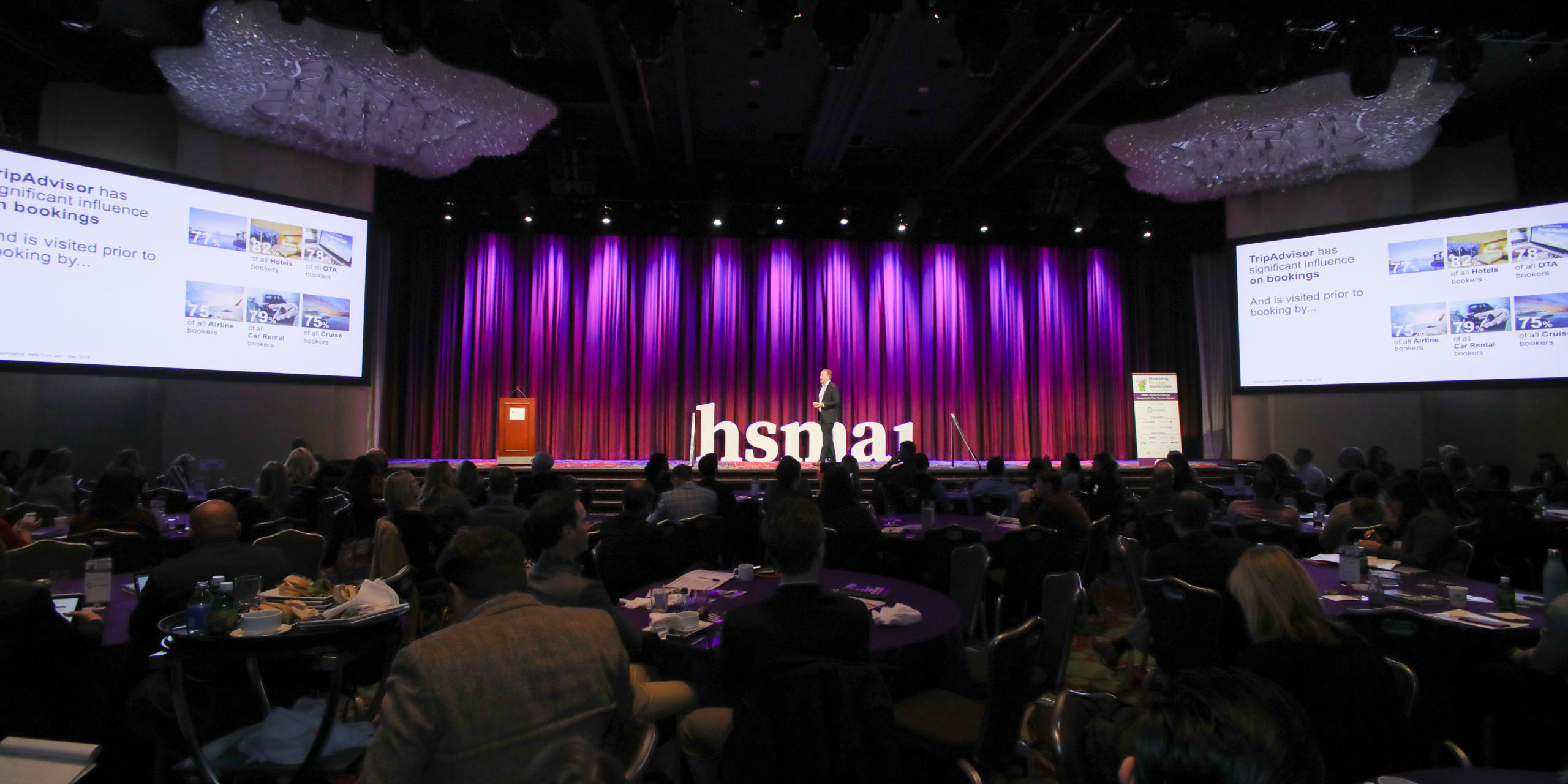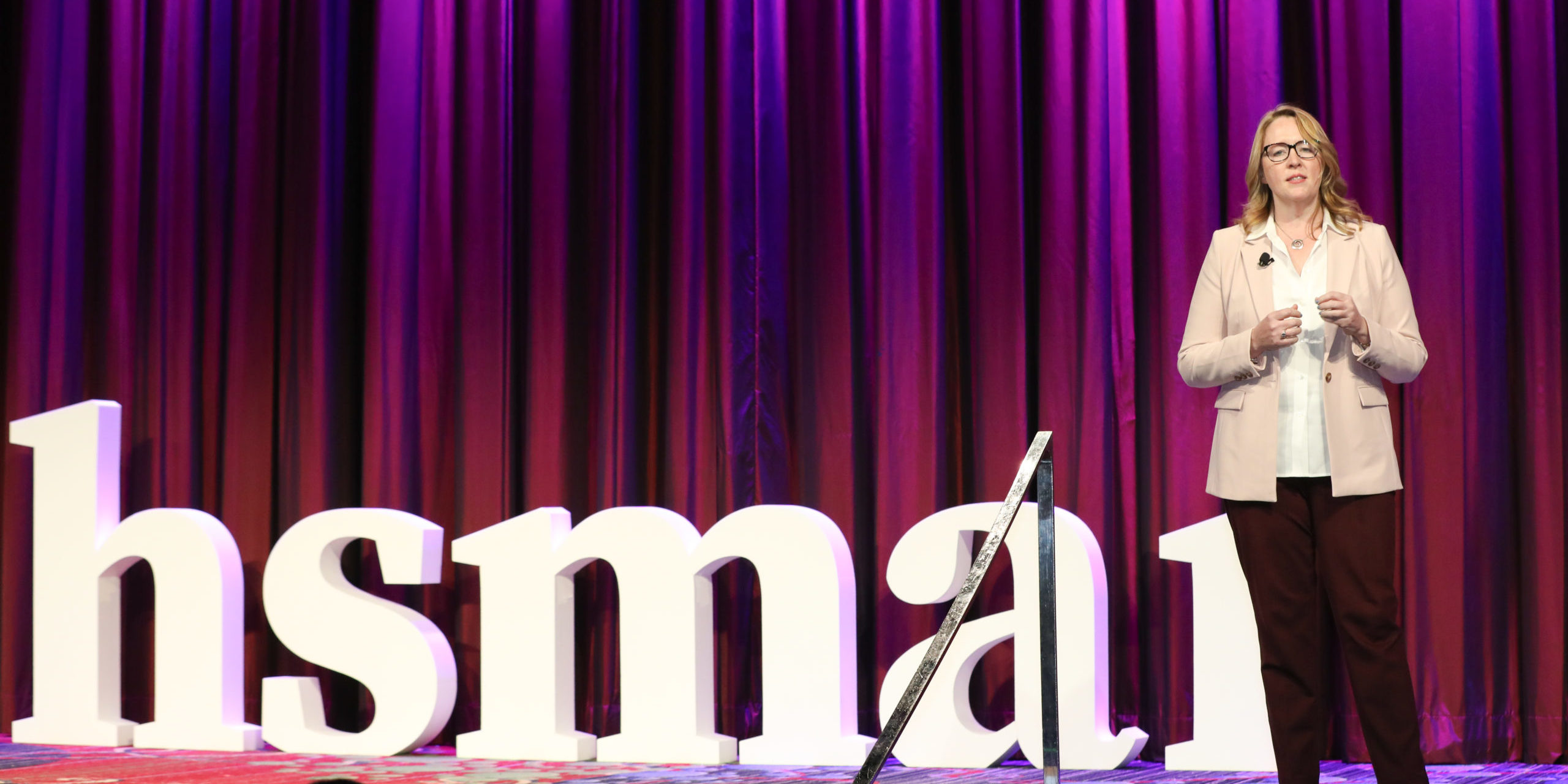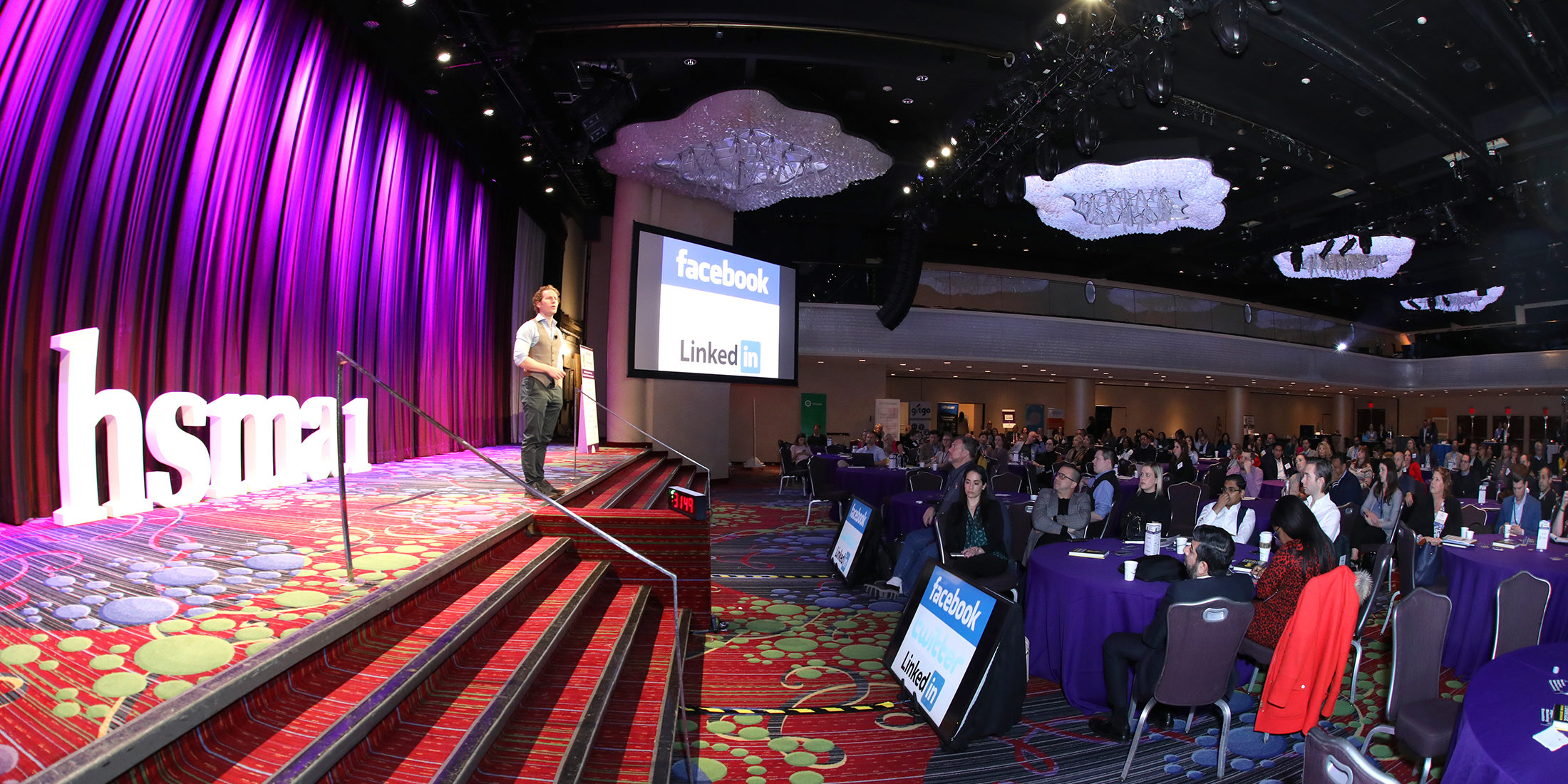During a Recovery Connections session on Oct. 14 — part of HSMAI’s Road to Recovery 2020 program — Prism Hotels’ Allison Handy and Hilton’s Eric Kreins joined Johnson & Wales University’s Katie Davin to discuss how to “Leverage STRENGTHS, Not Skills, to Drive Results From Your Team.”
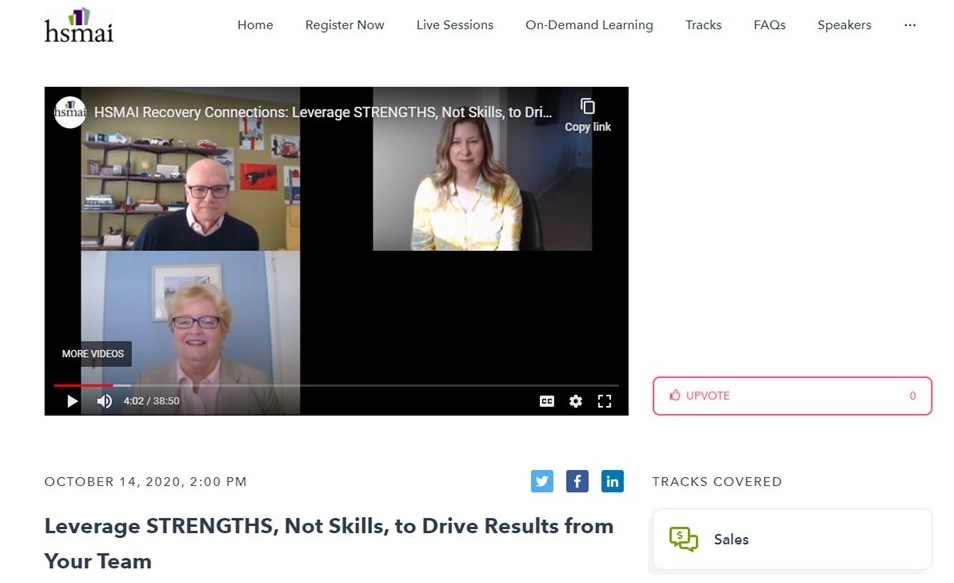 TAKEAWAYS
TAKEAWAYS
Collective goals first: “You really can’t figure out how you’re going to deploy your team until you have a true understanding of what your goals are,” said Handy, Prism’s senior vice president of sales and marketing. “In the past, every single person on the team was able to write their own goals for what they were going to be responsible for, but when you have a shrunken team, it’s no longer about the individual goals — it’s about the collective goals. You have to start with determining the prioritization of what your goals are, from the most important and the most critical to the business on down.”
The power of strengths: “Skills are learned attributes that you gain through practice, repetition, and education,” said Kreins, managing director of strategic accounts for Hilton. “Strengths are attributes that you’re born with; they’re your innate personality traits. You can refine them, but they’re really part of your personality. The reason they’re important is, a lot of us now are living in a world with reduced resources, smaller teams — less of what we used to have — so we have to really be flexible and maximize what we have today. One of the best ways you can do that is to really leverage the strengths you have at your disposal.”
TOOLS AND TIPS
StrengthsFinder: “It’s an assessment that helps identify your top five strengths and force-ranks your overall set of strengths,” Kreins said. “What I’ve really liked about StrengthsFinder is, because these are innate skills, if you do the assessment, it doesn’t really change over time.”
DISC Profile: “Each letter — D-I-S-C — is a different category of personality, i.e., strength,” Handy said. “It’s a tool we use religiously for all our management-level hires. It tells you what to expect when you hire a person — how you should expect to manage them, how you can motivate them, what you can expect to get out of them.”
Recovery Connections is a weekly program with sales, marketing, and revenue optimization tracks that mix best-practices presentations with interactive small-group discussions. Sign up to watch this session, access an on-demand library — and register for the next session, “Hitting the Bullseye When Your Target Shrinks and Expands,” at 2 p.m. EDT on Oct. 21.
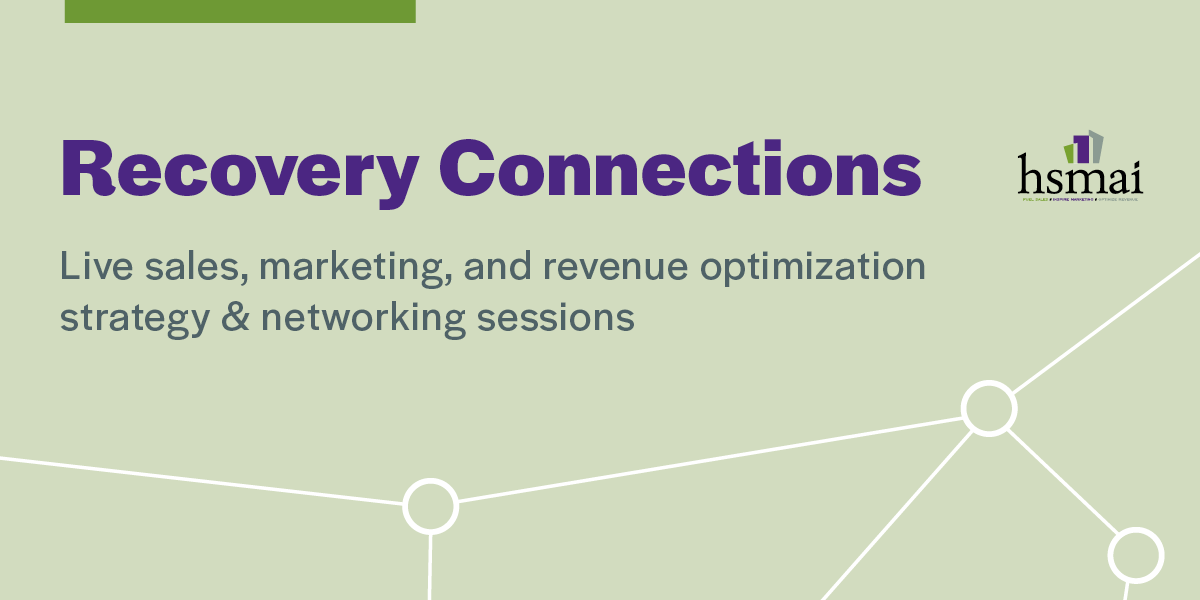

 Tim Wiersma, founder and principal at Revenue Generation LLC and chair of HSMAI’s Revenue Optimization Advisory Board, led a breakout session on “Revenue Strategies for Recovery” as part of the HSMAI Washington, D.C. Chapter’s State of the Industry event on Sept. 24. Wiersma highlighted the following points:
Tim Wiersma, founder and principal at Revenue Generation LLC and chair of HSMAI’s Revenue Optimization Advisory Board, led a breakout session on “Revenue Strategies for Recovery” as part of the HSMAI Washington, D.C. Chapter’s State of the Industry event on Sept. 24. Wiersma highlighted the following points: